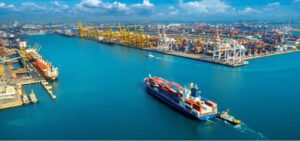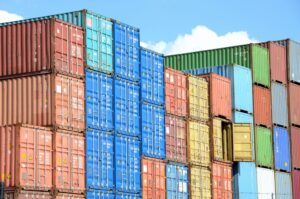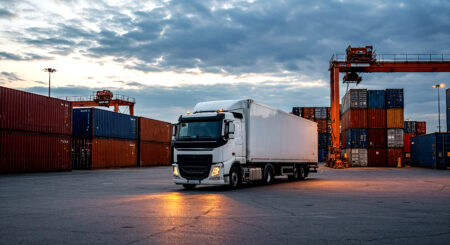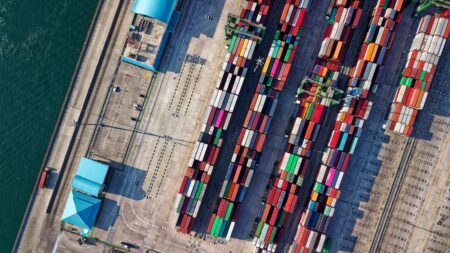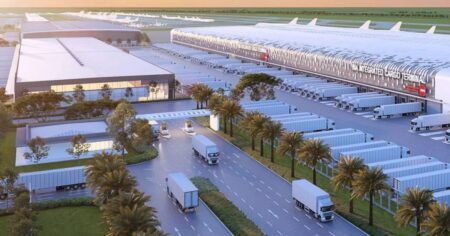Madhumita Tripathi, Managing Director, Rohlig Logistics, shares insights on how data analytics, sustainable practices, and innovative logistics strategies are reshaping the fashion industry. From optimising inventory to reducing carbon footprints, logistics is crucial to meeting evolving consumer demands.

Data analytics is revolutionising fashion logistics
In the fast-paced fashion world, logistics are essential for meeting consumer expectations. Trends like seamless online and offline shopping are driving companies to refine their logistics systems for quicker delivery, in-store pickups, and easy returns. Sustainability is increasingly important, leading to the use of eco-friendly packaging and transparent supply chains. AI is enhancing customer satisfaction through personalised delivery options. Despite these advances, complex trade regulations and tariffs present both challenges and opportunities. Companies that effectively manage these regulations and invest in compliance technology can turn these hurdles into opportunities for growth and competitive advantage.
Data optimisation
Data analytics is revolutionising fashion logistics by streamlining operations, enhancing inventory management, and improving demand forecasting. Predictive analytics enables accurate demand forecasting, minimising overstock and stockouts. By analysing historical sales, seasonal trends, and market dynamics, companies can optimise inventory across warehouses. Advanced tools process large datasets, considering social media trends, search data, and purchasing behaviour, to predict consumer demand. Additionally, data analytics optimise shipping routes, reducing delivery times and costs. Real-time tracking and supply chain visibility further improve service by quickly addressing disruptions, ensuring a seamless logistics experience in the fast-paced fashion industry.
Sustainable fashion logistics
To implement sustainable packaging and reduce waste in fashion logistics, brands are focussing on several key strategies. They use eco-friendly materials, such as recyclable and biodegradable options, and minimise packaging by designing compact solutions. Circular packaging, which allows customers to return and reuse, is gaining popularity, especially in high-end fashion. Digital receipts help cut paper usage. Additionally, the fashion industry can lower its carbon footprint through innovative logistics practices. Green transportation options, like electric vehicles and alternative fuels, and energy-efficient warehousing with renewable sources help reduce emissions. Local sourcing and manufacturing cut transportation distances, while carbon offset programs balance out remaining emissions.
Budget impacts fashion
The Union Budget 2024 outlines key measures impacting fashion logistics and infrastructure. Investments in highways, ports, and multimodal systems aim to cut transit times and costs. The introduction of the Unified Logistics Interface Platform (ULIP) seeks to enhance supply chain transparency and efficiency. Sustainability initiatives encourage eco-friendly practices, potentially reducing long-term costs and meeting global standards. Support for Micro, Small, and Medium Enterprises (MSMEs) includes easier credit access and digital adoption incentives, boosting logistics capabilities across the fashion supply chain. These measures collectively aim to strengthen logistics infrastructure and promote sustainable practices in the fashion industry.
These initiatives are set to fortify the fashion industry’s logistics infrastructure, making supply chains more resilient and efficient. However, companies will need to adapt to new regulatory frameworks and invest in technology to fully leverage these advancements.

